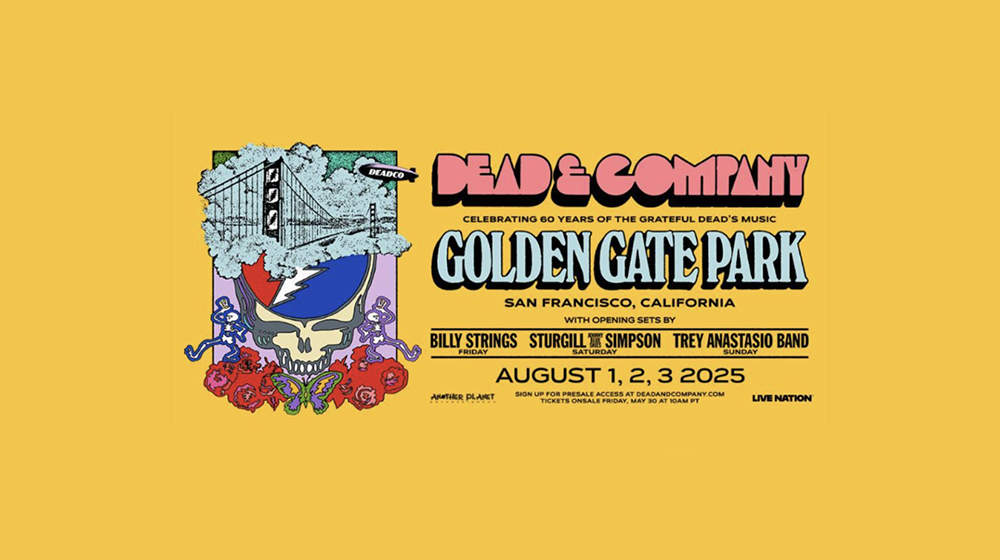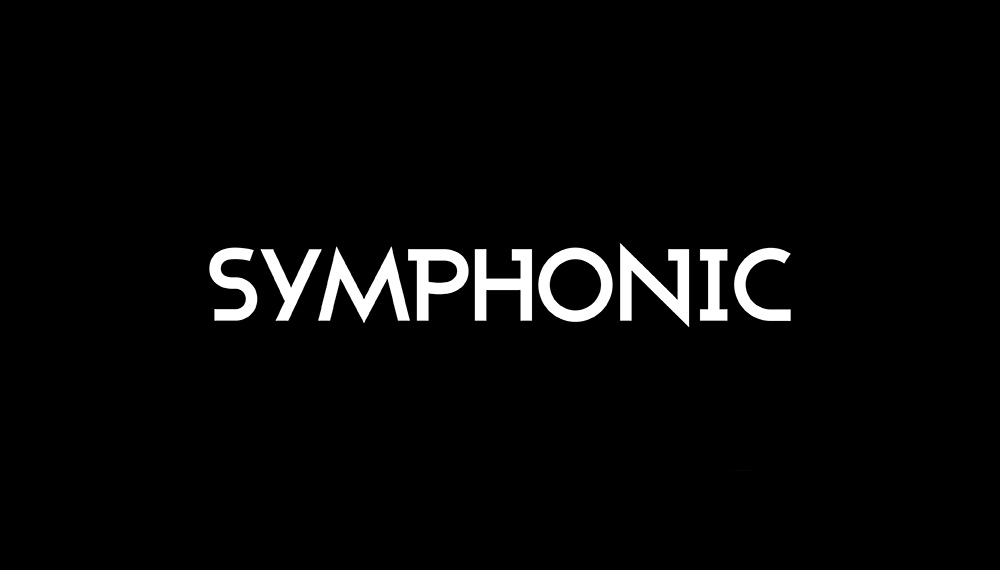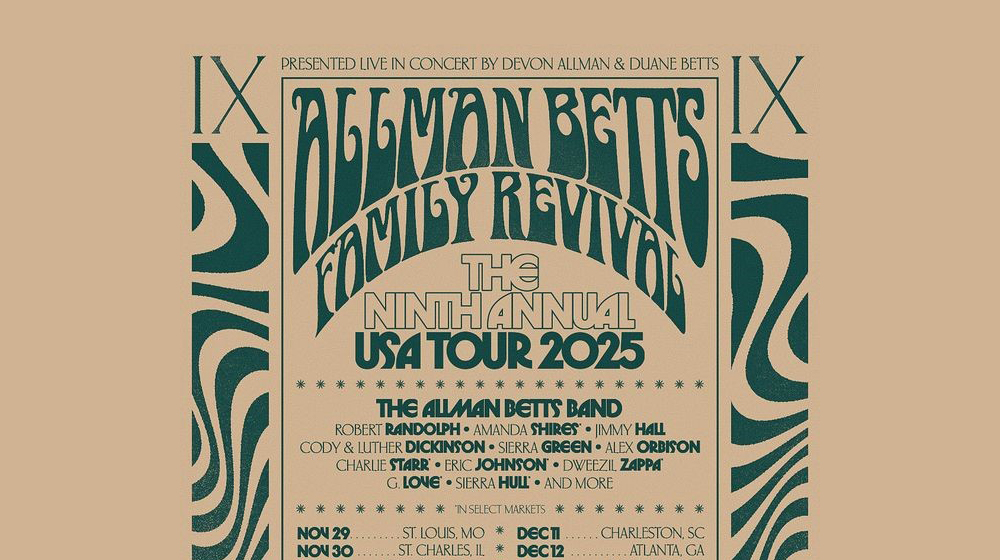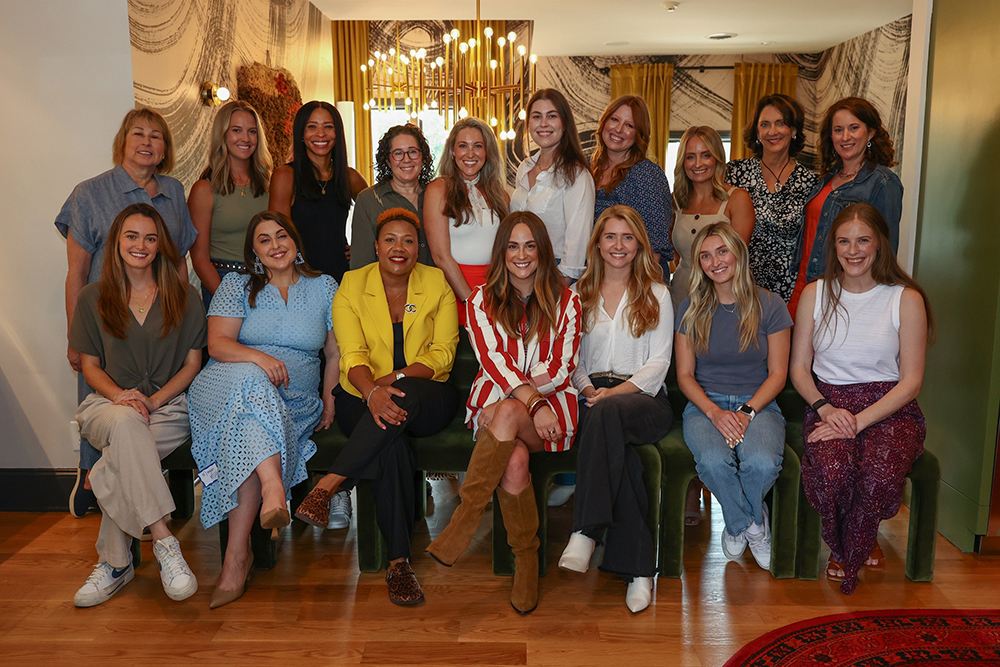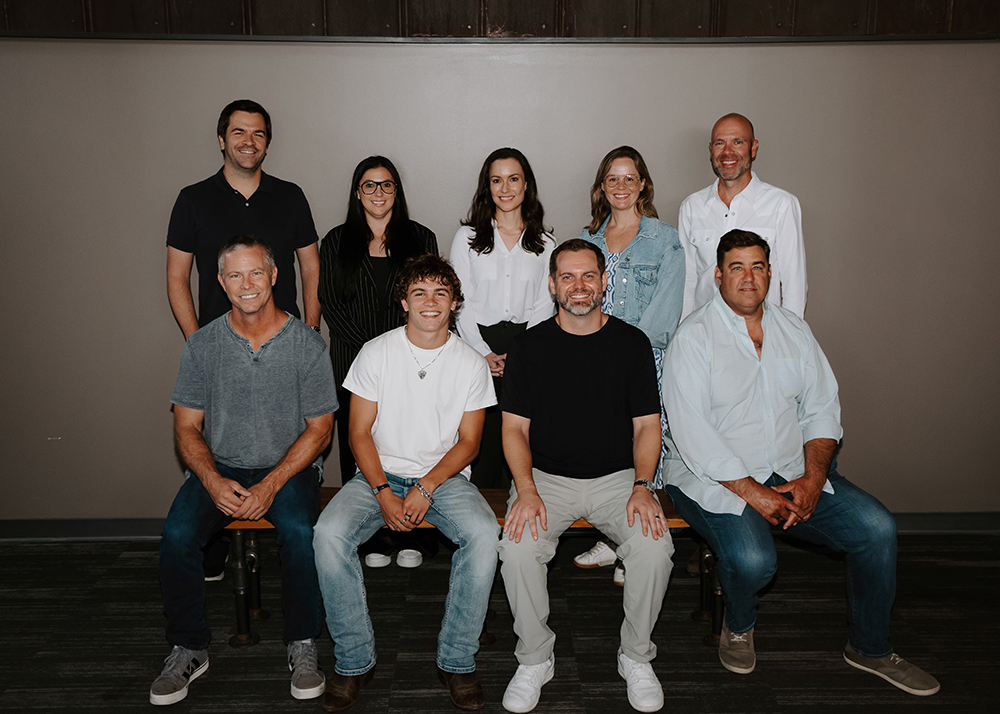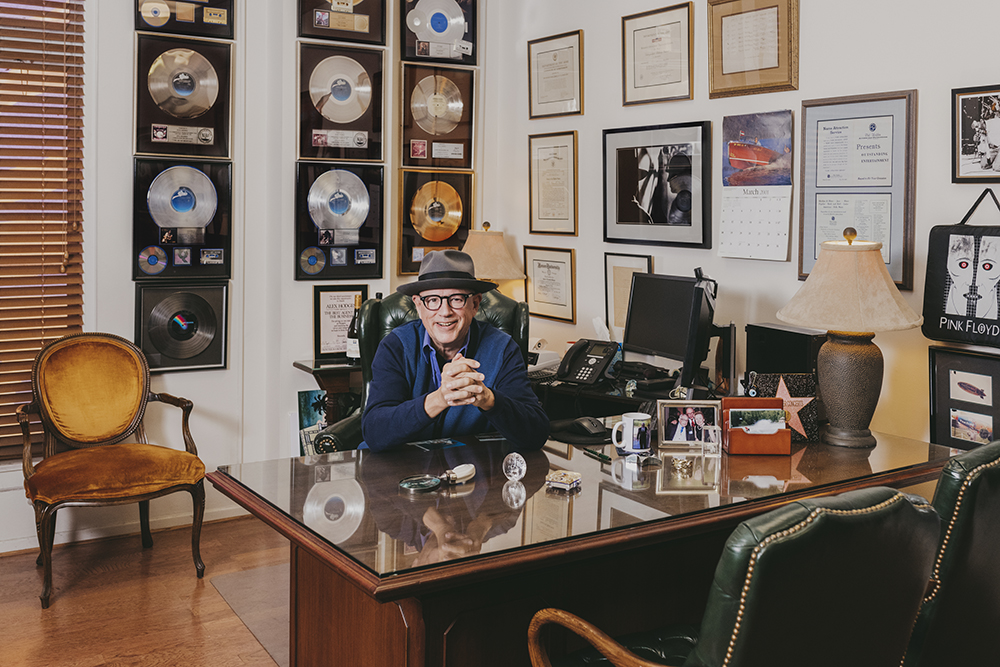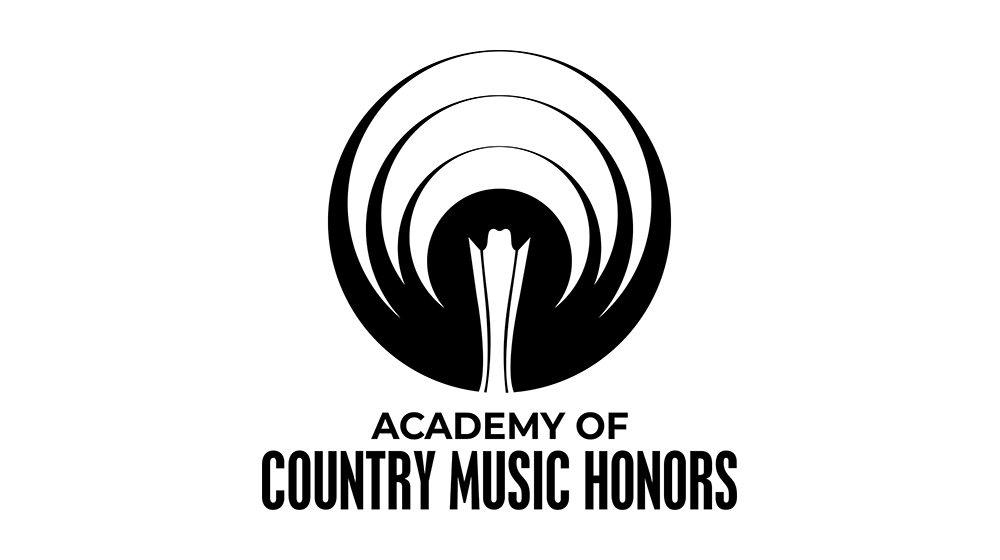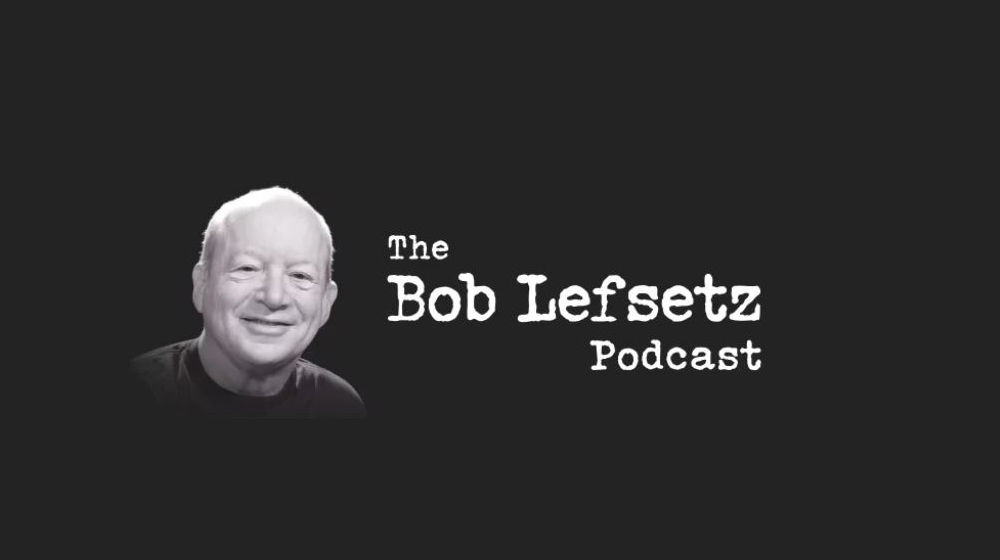Ages 16-20 are the culturally formative years. For example: Want to target someone 40? Study the late ’90s/early 2000s. Study to understand their roots. It’s a form of historical targeting, as their cultural foundation has been set.
They evolve, but their cultural tree grows from these ever-deepening roots. It’s not unlike music or consumer brand preferences.
It’s where individuals often form strong attachments to the music, culture, brands, and cultural stimuli they were exposed to during their formative years. By studying the cultural trends, events, and influences of the late 1990s to early 2000s, you can gain valuable insight into the mindset and preferences of individuals around 40 today.
During this period, significant events such as the rise of the internet, the emergence of social media platforms like Facebook, the popularity of music genres like grunge, hip-hop, and modern country, and the dominance of iconic brands like Apple, Nike, and the beginnings of Amazon shaped the consumer landscape. Understanding these cultural touchstones can help you resonate with individuals in their 40s, as they likely have strong ongoing connections to this period.
However, it’s essential to remember that individuals are not solely defined by their cultural roots. While these formative years play a significant role in shaping their preferences and values, people continue to evolve and adapt to new cultural influences as they age, rooted in their 16-20 years.
Overall, historical targeting of cultural roots from when they were 16-20 can provide valuable insights into the mindset and preferences of individuals who may be 40 today. You can’t design the future without understanding the past.
Here is a short psychographic video that touches on cultural roots:

























